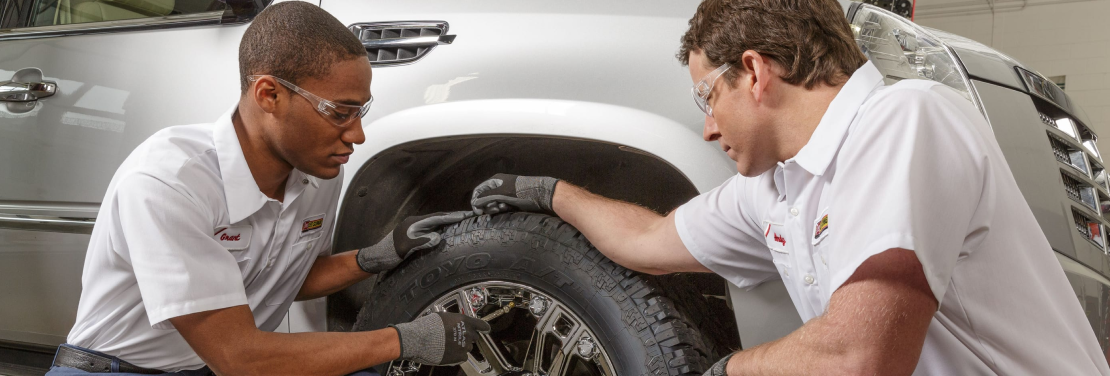Discover Exclusive Mopar Tire Service Specials in Morris Today
Discover Exclusive Mopar Tire Service Specials in Morris Today
Blog Article
Tire Solution: Understanding Tire Stress Tracking Equipments
Recognizing Tire Pressure Tracking Solutions (TPMS) is an essential aspect of preserving optimum car performance and safety and security on the road. With innovations in automotive technology, TPMS has actually become a typical attribute in modern automobiles, giving real-time info on tire pressure levels.

Relevance of TPMS
The significance of Tire Stress Surveillance Solutions (TPMS) lies in their capability to improve car safety and security and efficiency through real-time tracking of tire stress degrees. Keeping the correct tire pressure is vital for ensuring optimal handling, braking, and overall safety of a car. TPMS offers chauffeurs with instant comments on any type of overinflated or underinflated tires, permitting prompt modifications to be made.
Parts of TPMS
Consisting of different important components, a Tire Pressure Monitoring System (TPMS) works as a sophisticated safety and security feature in modern-day cars. The major elements of a TPMS consist of sensors, a control component, and a warning indication. Sensors are commonly located in the tire shutoff stem or attached to the wheel setting up, where they measure tire pressure and send data to the control component. The control module processes this details and sets off a caution if it spots dramatically low stress in any of the tires. The warning indication, typically a sign on the control panel, notifies the vehicle driver to check the afflicted tire or tires. Some progressed TPMS models also show the real tire stress readings for each and every tire, offering motorists with real-time details to ensure ideal tire efficiency and safety and security. By monitoring tire pressure constantly, TPMS assists protect against crashes, reduces tire wear, and enhances fuel effectiveness, making it a critical part for vehicle safety and performance.
Sorts Of TPMS

On the other hand, indirect website here TPMS relies upon the automobile's wheel speed sensing units to keep an eye on tire pressure. This system identifies underinflation by contrasting the rotational speeds of the more tips here wheels. Indirect TPMS is less costly than direct TPMS, as it utilizes existing sensing units within the vehicle.
While direct TPMS supplies a lot more exact readings, indirect TPMS is easier in layout and usually calls for less upkeep. Both systems have their constraints and advantages, and the option in between them frequently depends upon factors such as expense, lorry make, and personal preference. Comprehending the distinctions between these 2 kinds of TPMS can aid vehicle owners make notified choices concerning tire upkeep and safety.
TPMS Maintenance Tips
Conduct regular checks on the tire pressure levels and contrast them with the TPMS readings to guarantee they are constant. During tire turning or replacement, make certain that the TPMS parts are dealt with thoroughly to prevent any kind of prospective damages. If the TPMS advising light illuminates on the control panel, attend to the issue immediately by inspecting the tire stress and the general system for any type of mistakes.
Advantages of Proper Tire Stress
Keeping appropriate tire pressure, as emphasized in TPMS Upkeep Tips, is critical for gaining the various benefits linked with ideal tire pressure degrees. Furthermore, proper tire stress makes sure even tire wear, expanding the life expectancy of the tires and promoting more secure driving conditions. In conclusion, the advantages of proper tire stress go beyond simply tire durability; they encompass boosted fuel performance, improved safety and security, much better vehicle efficiency, and overall driving convenience.
Final Thought
To conclude, recognizing tire pressure surveillance systems (TPMS) is vital for maintaining ideal tire stress and making certain car safety and security. By recognizing the relevance of TPMS, recognizing with its parts, knowing the various types readily available, adhering to appropriate maintenance suggestions, and realizing the advantages of maintaining appropriate tire stress, chauffeurs can boost their driving experience and extend the life-span of their tires. Appropriate tire stress is essential to secure and efficient car procedure.

Report this page